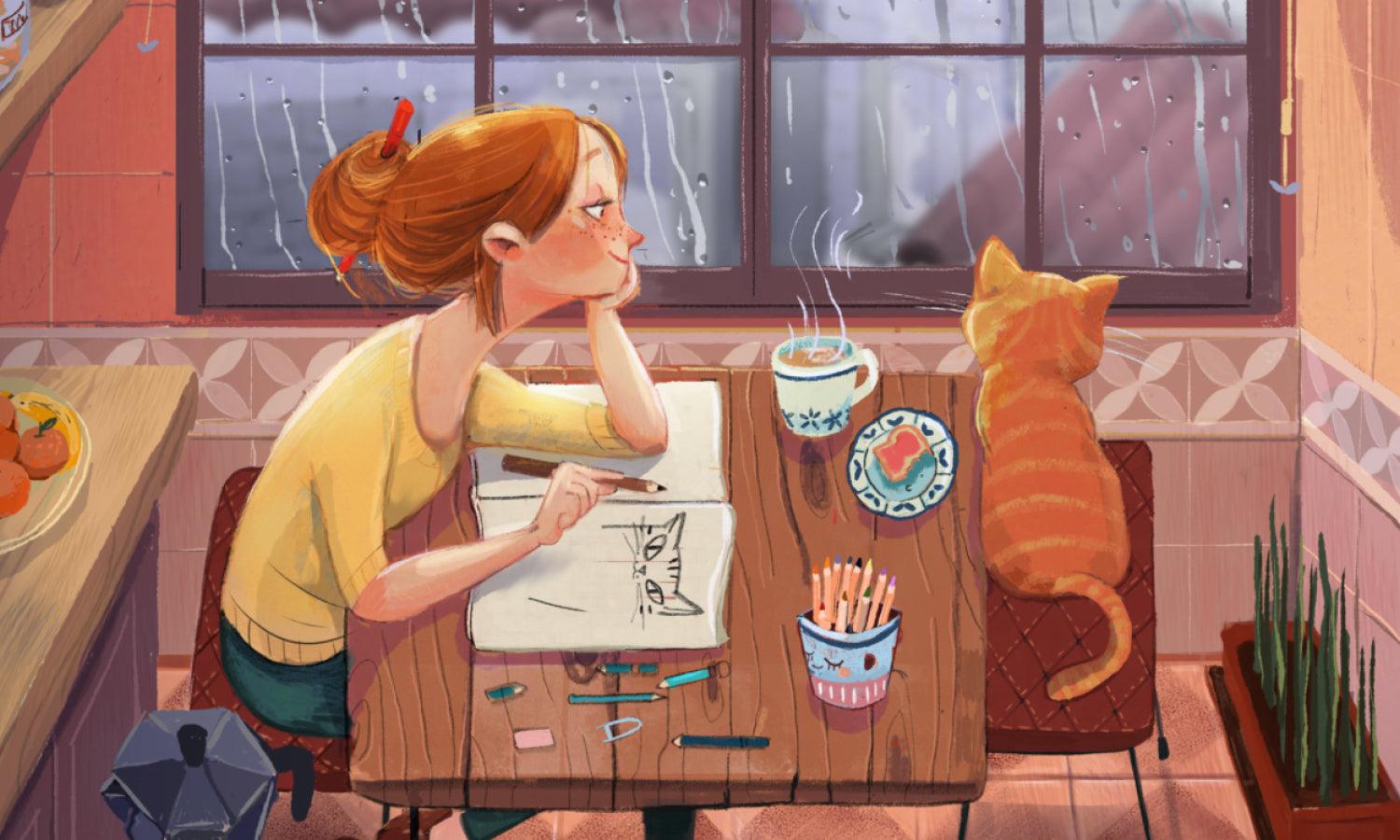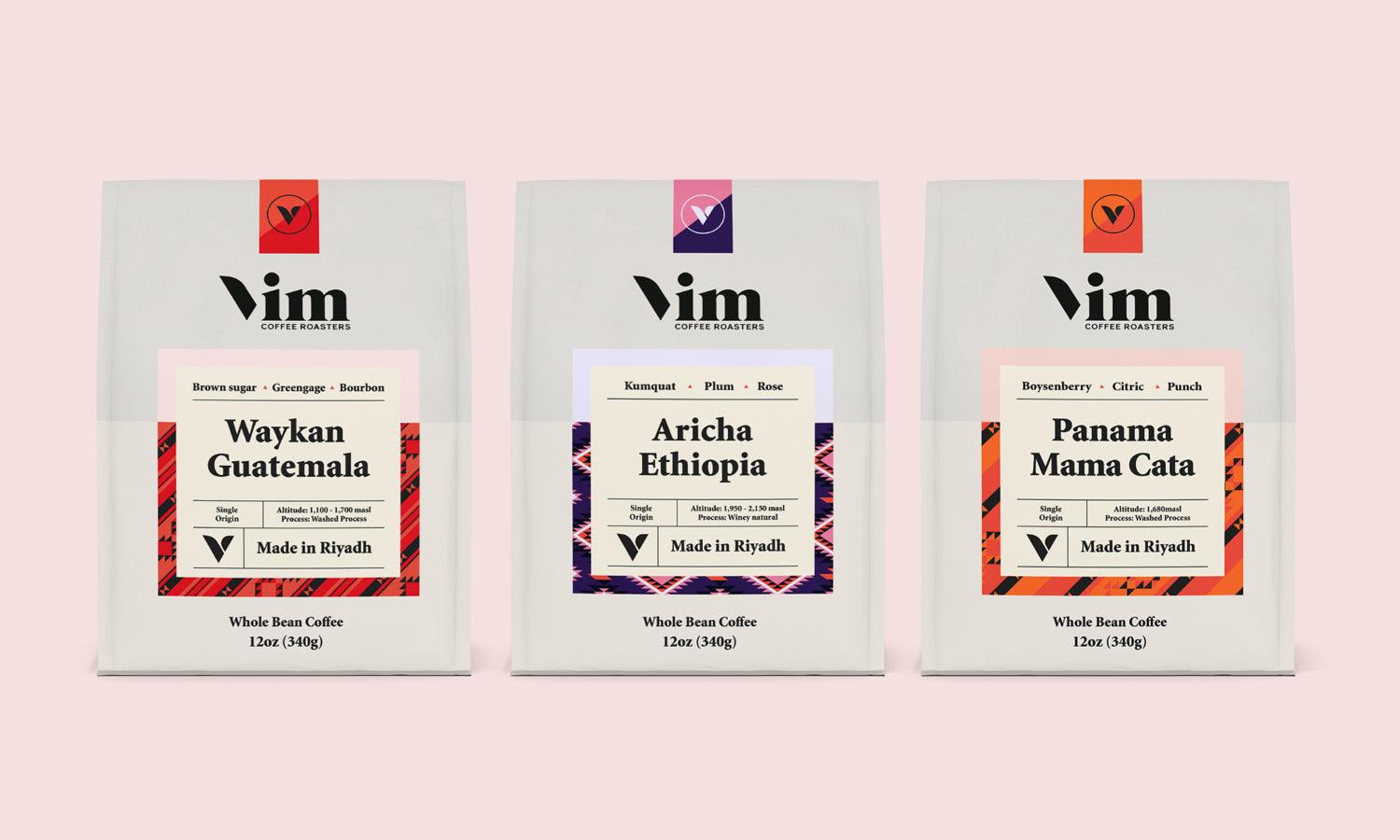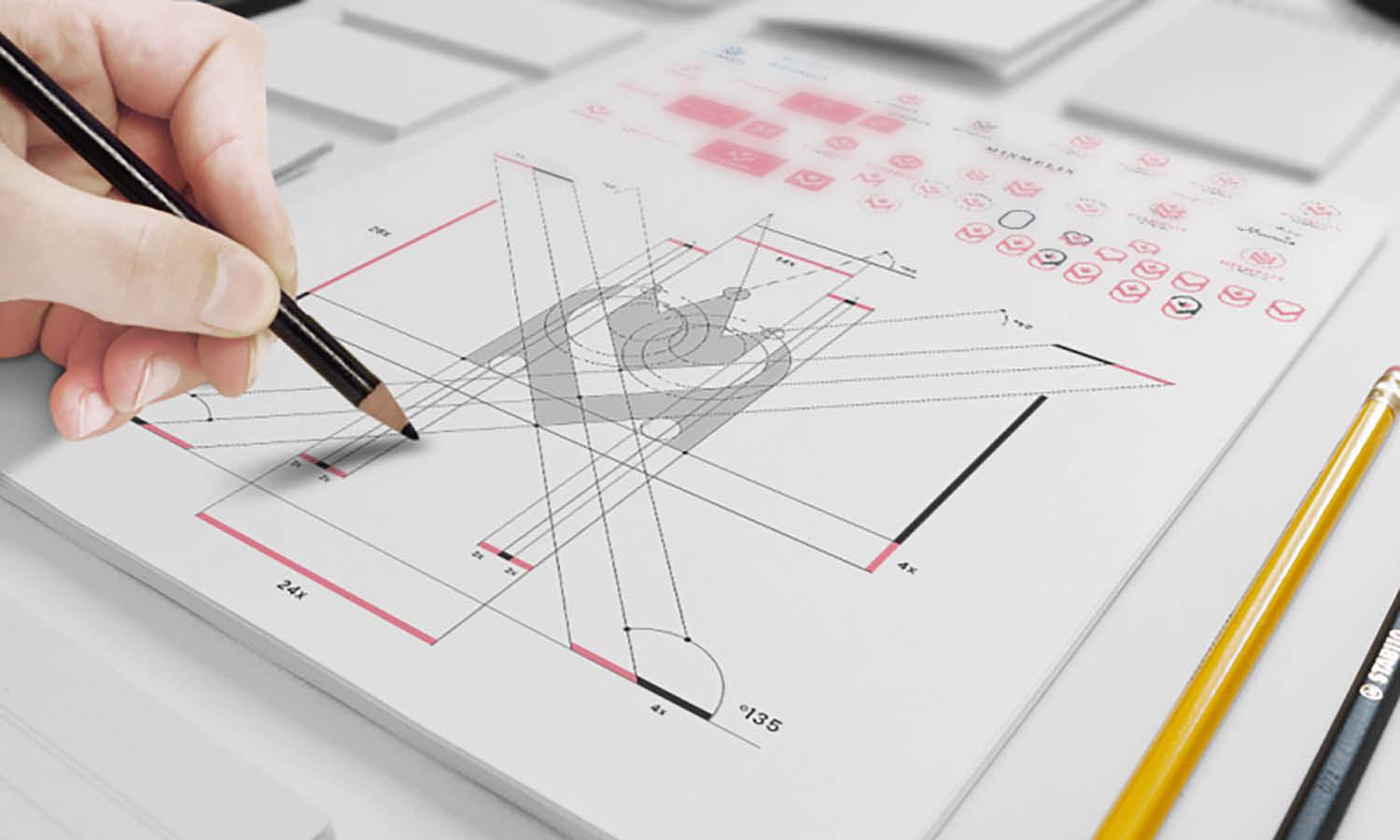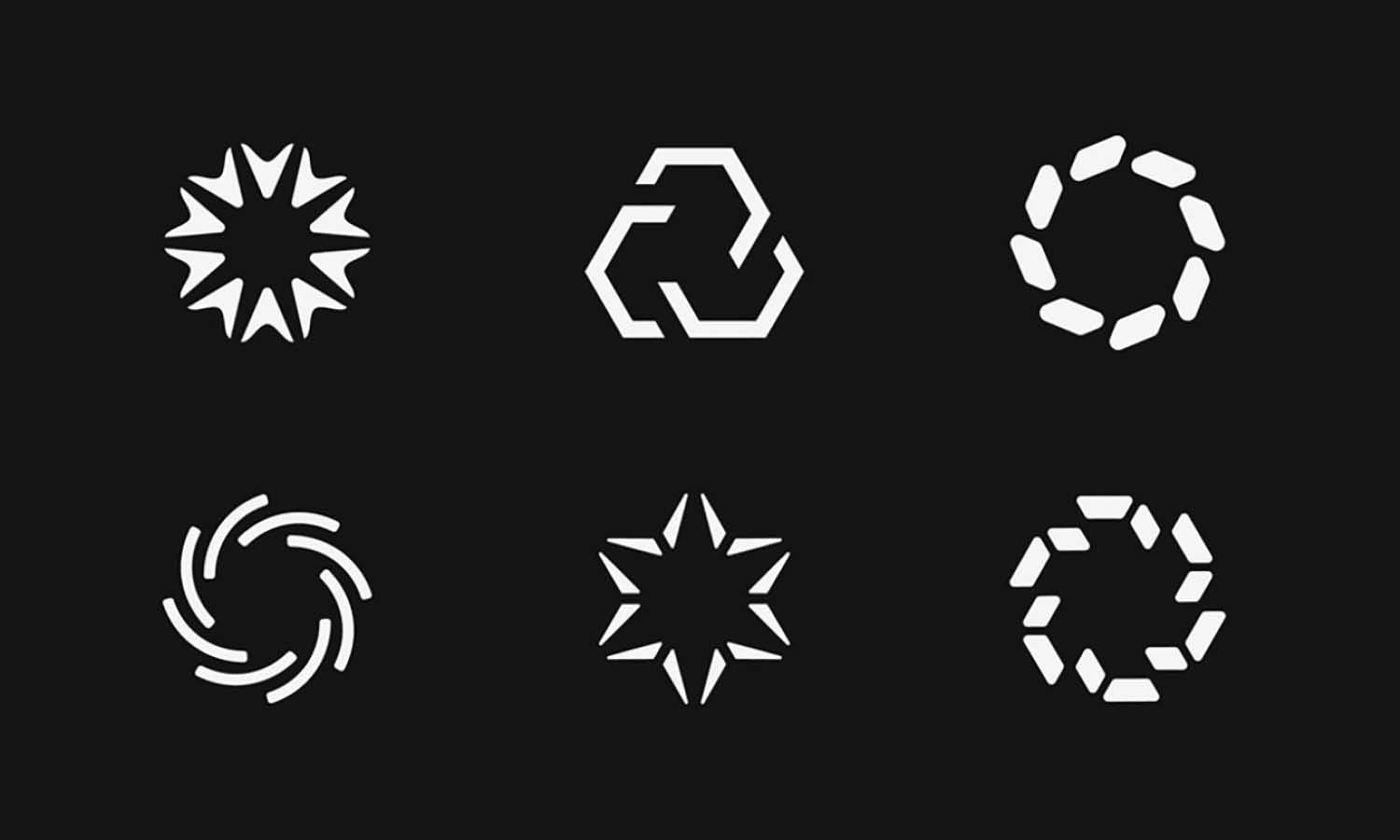Introduction To Design Thinking Vs. Design Feeling

In the dynamic world of design, two prominent methodologies emerge as guiding forces for creators and innovators: Design Thinking and Design Feeling. Each approach offers unique insights and strategies, tailored to meet different facets of the user's experience. Design Thinking, known for its structured, analytical framework, prioritizes logic and systematic processes to address and solve complex problems. It is heavily rooted in understanding user needs through empathy and iterative testing, ensuring that solutions are both innovative and practical.
Conversely, Design Feeling dives into the intuitive and emotional dimensions of design. This approach seeks to evoke a visceral response from users, focusing on the aesthetics and the emotional impact of design elements. By tapping into the sensory experiences of the audience, Design Feeling aims to create a profound emotional connection with the product, making the experience memorable and engaging.
Together, these methodologies form the backbone of modern design practices, offering a comprehensive toolkit for designers to create solutions that are not only functional but also emotionally resonant. As we delve deeper into each approach, it becomes clear how integral both thinking and feeling are to crafting experiences that truly resonate with users.
Understanding the Design Thinking
Design Thinking is a robust framework that empowers designers and innovators to address complex challenges through a structured, user-centric approach. Central to this methodology is the idea of empathizing with users to deeply understand their needs and challenges. This initial stage is critical as it sets the foundation for all subsequent creative efforts. Following empathy, the Define stage helps clarify the problem, ensuring that the design efforts are targeted and effective.
The Ideate phase encourages divergence, allowing designers to explore a broad array of possibilities without constraints. This creative brainstorming is crucial for innovation, pushing the boundaries of conventional solutions. Prototyping is the next step, where ideas are translated into tangible forms. This phase is iterative, involving continuous refinements based on real-world testing and feedback, which helps to progressively refine the solution.
Testing involves rigorous user interaction with the prototypes to validate the solutions and understand their efficacy in real scenarios. This iterative cycle may repeat several times, each loop refining the solution closer to an ideal fit for user needs. Design Thinking is not just a method but a mindset that values user feedback, iterative learning, and open collaboration, making it a powerful tool for solving problems in any field.
Exploring Design Feeling
Design Feeling, unlike its counterpart, dives into the emotional and intuitive aspects of design. It focuses on creating a deep emotional connection between the user and the product. This approach is less about systematic processes and more about tapping into the sensory and emotional responses elicited by design elements. Key to Design Feeling is the use of aesthetics and materiality to evoke feelings and reactions, making the design not just usable but also delightful and engaging.
The approach begins with understanding the emotional landscape of the target audience, considering how colors, textures, shapes, and even the storytelling of a product can influence feelings and attachment. The goal is to design experiences that resonate on a personal and emotional level, ensuring that the product or service stands out in a saturated market by appealing directly to the senses and emotions of users.
Design Feeling leverages psychological principles and artistic design to create compelling, memorable experiences that capture hearts and minds. It often requires a delicate balance of innovation, art, and psychology to craft designs that not only meet functional needs but also enchant and captivate. In today's market, where emotional differentiation can be a significant competitive advantage, Design Feeling plays a crucial role in creating a lasting impact on users.
The Role Of Empathy In Design Thinking
Empathy is the cornerstone of Design Thinking, pivotal for developing deep, insightful connections with users. This methodology emphasizes understanding the emotions, needs, and motivations of users from their perspective, often involving direct interaction like interviews or observation. Empathy in Design Thinking goes beyond mere data collection—it's about feeling what your users feel and seeing what they see.
By fostering an empathetic approach, designers can uncover not just the obvious needs but also those that are unspoken or unmet. This deep understanding leads to a more comprehensive definition of the problem, which is crucial for ideating effective solutions. It ensures that the solutions are genuinely designed for the users' benefit, enhancing user satisfaction and engagement.
Empathy also helps in breaking down assumptions and biases that designers may have, allowing for a more genuine user-centered design process. It leads to insights that drive innovation, making products not only functional but also resonant with users. Ultimately, empathy enables designers to create more meaningful and tailored solutions that significantly improve the user experience.

Emotional Intuition In Design Feeling
Emotional Intuition is fundamental in Design Feeling, guiding designers to create through instinct and emotional resonance. This approach leverages the designer's emotional responses to stimuli—whether visual, tactile, or conceptual—to shape the aesthetic and functional aspects of a design. It's about tapping into the visceral reactions that a piece evokes, both in the creator and the audience.
In Design Feeling, intuition plays a critical role in decision-making. Designers rely on their gut feelings to choose colors, shapes, and forms that resonate on an emotional level. This process is less about adhering to a prescribed set of rules and more about letting spontaneous feelings guide the creative process. It allows for a more fluid and dynamic development of concepts, where the end result can often be surprising and deeply personal.
This method is especially powerful in projects where the goal is to connect with the audience on an emotional level, such as in branding, advertising, or art installations. Emotional Intuition helps in crafting designs that are not only visually striking but also emotionally compelling, creating a lasting impression on the viewer.
Problem Solving Through Design Thinking
Design Thinking is a powerful tool for addressing complex problems across various industries, leveraging a systematic approach to uncover unique solutions. At its core, this methodology is about understanding the user's problems and needs through a human-centric lens, which enables designers to devise functionally innovative and strategically sound solutions.
The problem-solving process in Design Thinking begins with the Empathize phase, where designers deeply engage with the target audience to gather insights. This immersion helps identify not only the obvious issues but also the subtler nuances of the challenges faced by users. By establishing a solid foundation of empathy, designers are equipped to define the problem accurately.
Following the definition phase, designers transition into Ideation, where creativity comes into full play. Here, the focus is on generating a wide array of ideas without judgment, encouraging a divergent thinking approach that fosters innovation. The subsequent Prototyping phase allows these ideas to be manifested into tangible forms. Creating prototypes is not about arriving at a final solution but rather exploring how ideas function in the real world, leading to iterative improvements based on real user interactions.
Expressive Creation In Design Feeling
The process of expressive creation in Design Feeling is less about solving specific problems and more about evoking a particular feeling or reaction. This can involve the use of color, texture, form, and composition in ways that resonate on an emotional level. Designers leveraging Design Feeling often experiment with unconventional materials and methods to express complex themes and narratives. The goal is to create designs that not only look appealing but also stimulate emotional responses that align with the intended message or brand identity.
Moreover, this emotionally driven approach is invaluable in fields like branding, where the aim is to connect with consumers on a personal level. By embedding genuine emotion into the design, brands can create more meaningful and memorable experiences. Similarly, in art and multimedia, expressive creation helps convey deeper meanings, enriching the viewer’s experience and often provoking thoughtful reflection.
Expressive creation in Design Feeling taps into the human aspect of design, emphasizing that beyond functionality, designs are a form of communication. This approach not only enhances the visual impact of designs but also ensures they remain impactful, memorable, and deeply resonant with their intended audiences.
Outcomes of Design Thinking
Design thinking yields outcomes that transcend traditional design boundaries, integrating user-centric problem solving with a structured, iterative process. This methodology, pivotal in both corporate and creative fields, focuses on developing solutions that are not only innovative but also viable and feasible within market constraints. The primary outcomes of design thinking include enhanced user experiences, improved product usability, and increased market relevance.
By engaging deeply with user needs and behaviors, design thinking helps in creating products and services that are highly tailored to solve specific challenges. Furthermore, the approach facilitates a culture of collaboration and experimentation, leading to solutions that are rigorously tested and refined based on real-world feedback.
This methodology also encourages a mindset that balances creative and analytical thinking, resulting in designs that are both forward-thinking and grounded in user reality. The cross-disciplinary collaboration inherent in design thinking expands its influence, making it a powerful tool for driving innovation in a multitude of sectors.

Source: FIlip Justic, BB Agency - Mobile Screens, Dribbble, https://dribbble.com/shots/17207873-BB-Agency-Mobile-Screens
Creative Outcomes of Design Feeling
Design feeling, with its focus on intuition and emotional resonance, leads to creative outcomes that deeply engage and move the audience. This approach is particularly effective in areas where user experience and emotional impact are paramount, such as in branding, advertising, and product design intended to connect on a more personal level.
Outcomes of design feeling often manifest as designs that are not only aesthetically pleasing but also evoke a strong emotional response, making them memorable and impactful. This approach allows designers to break free from conventional methods and explore more experimental, expressive, and innovative designs that can communicate messages more powerfully and persuasively.
By prioritizing how people feel rather than just the functionalities, design feeling opens up possibilities for creating truly transformative experiences that can alter perceptions and behaviors. Such outcomes are especially crucial in competitive markets where differentiation through emotional connection can significantly enhance consumer loyalty and brand value.
Collaboration in Design Thinking
Collaboration is a cornerstone of design thinking, vital for harnessing diverse perspectives and expertise to tackle complex problems effectively. This approach thrives on the dynamic interaction between individuals from different disciplines, each bringing unique insights that can lead to breakthrough innovations. In design thinking, team members engage in brainstorming sessions, workshops, and iterative feedback loops, all structured to foster open communication and idea sharing. This collective effort is crucial in ensuring that solutions are not only user-centric but also encompass a broader understanding of the problem context.
Moreover, collaborative design thinking encourages stakeholders, including end-users, to participate actively in the design process. This inclusivity enhances the relevance and applicability of the solutions developed, as they are informed by firsthand perspectives and experiences. The integration of technology also plays a significant role, with tools like digital whiteboards and remote collaboration platforms enabling teams to work together seamlessly, even from a distance.
Solitary Reflection in Design Feeling
Solitary reflection is integral to design feeling, allowing designers to delve deep into their intuitive and emotional resources to create resonant and meaningful work. This introspective process is essential for accessing the subtler aspects of human experience that design feeling aims to address. Unlike the collaborative focus of design thinking, design feeling often requires periods of isolation where designers can connect with their inner thoughts and emotions.
This quiet contemplation supports the synthesis of personal insights and creative impulses, leading to designs that are profoundly reflective of human emotions and experiences. Solitary reflection in design feeling does not imply a complete detachment from user needs or feedback; rather, it allows designers the space to explore unconventional ideas and innovative approaches that can later be refined and adapted through user interactions.
The outcomes of this process are often unique, deeply personal, and highly impactful, resonating with audiences on an emotional level. In an era where consumers seek authenticity and emotional connection, the introspective aspect of design feeling becomes a powerful tool in creating compelling and empathetic design narratives.
Conclusion
In the realm of design, both Design Thinking and Design Feeling play crucial roles in creating successful and impactful products. Design Thinking offers a structured approach to solve complex problems through user-centered innovation, while Design Feeling emphasizes the emotional connection that a product establishes with its users. By integrating these methodologies, designers can harness the power of both rational problem-solving and emotional engagement, ensuring that their solutions are not only functional but also resonate deeply with the audience. Embracing both approaches allows for a holistic design strategy that meets practical demands and enriches the human experience.
Let Us Know What You Think!
Every information you read here are written and curated by Kreafolk's team, carefully pieced together with our creative community in mind. Did you enjoy our contents? Leave a comment below and share your thoughts. Cheers to more creative articles and inspirations!
















Leave a Comment